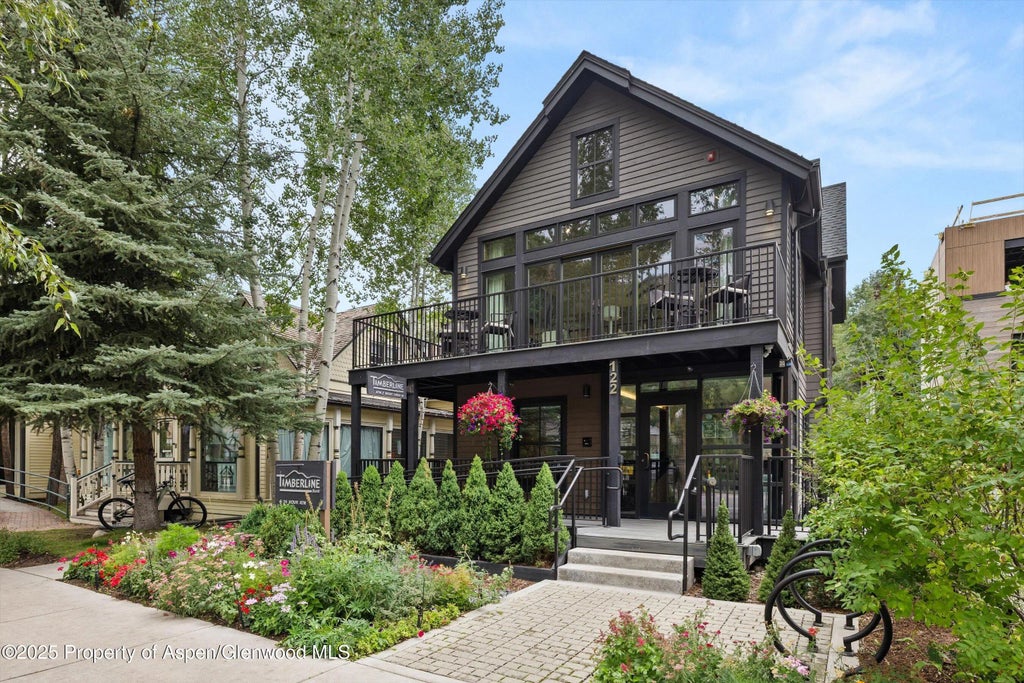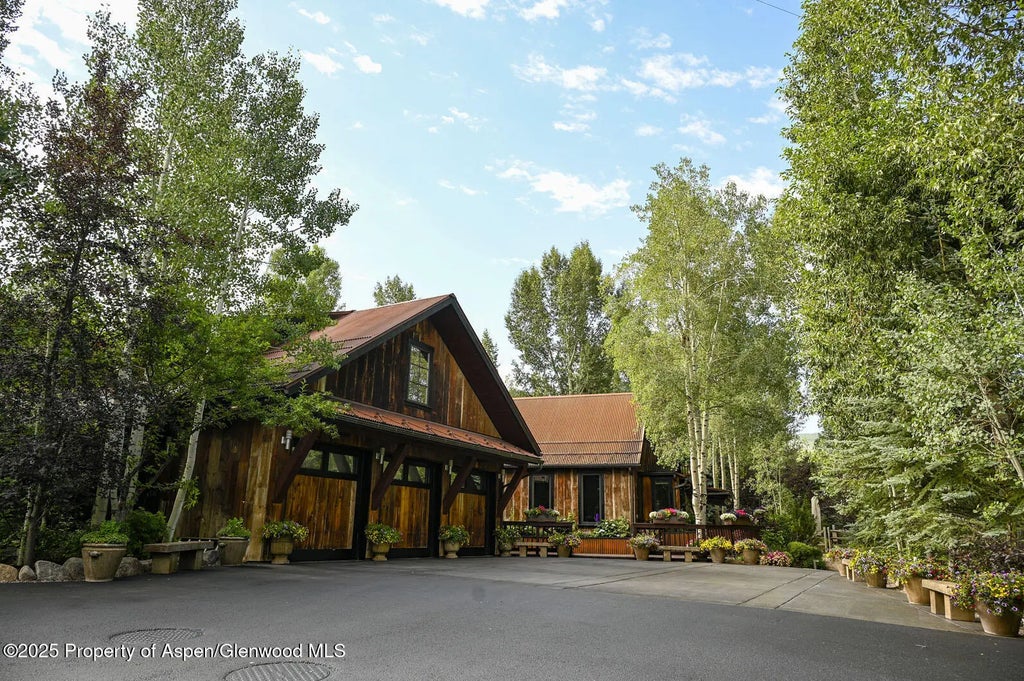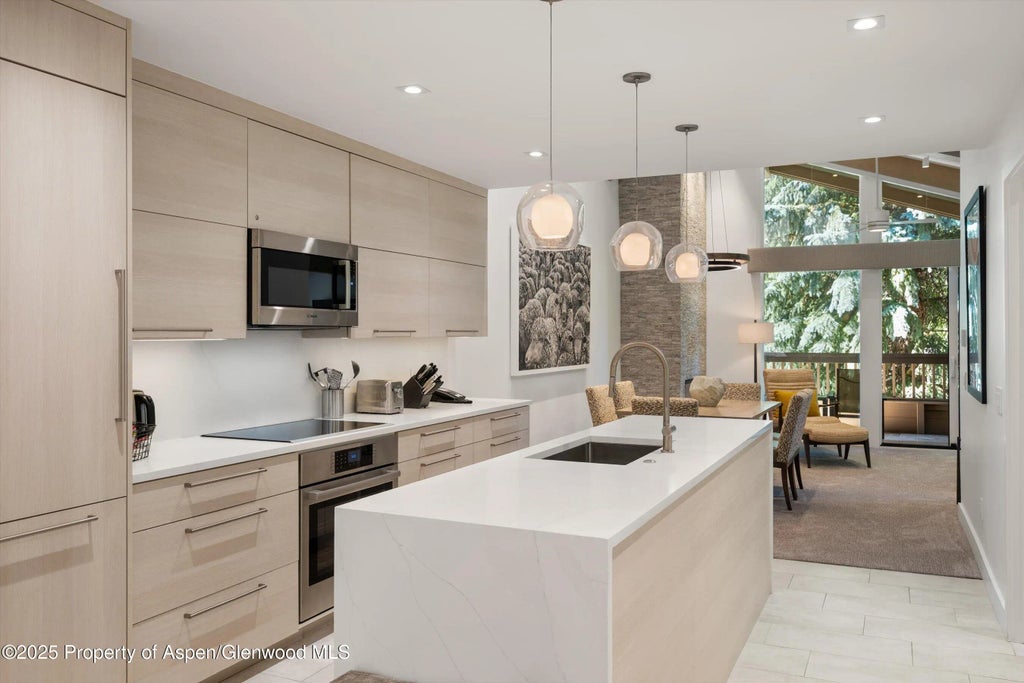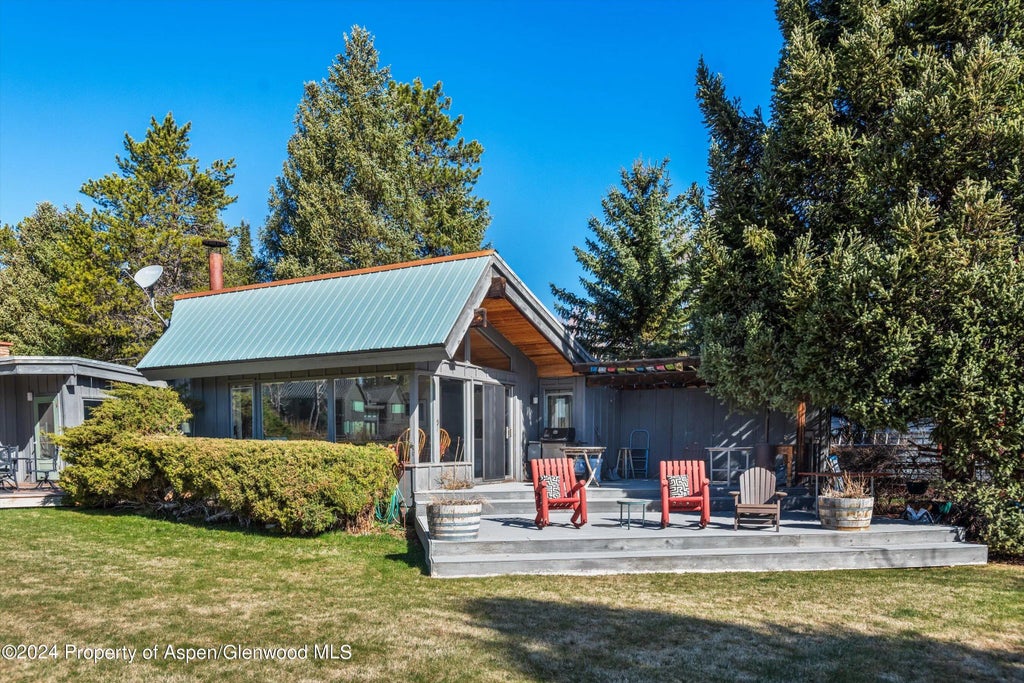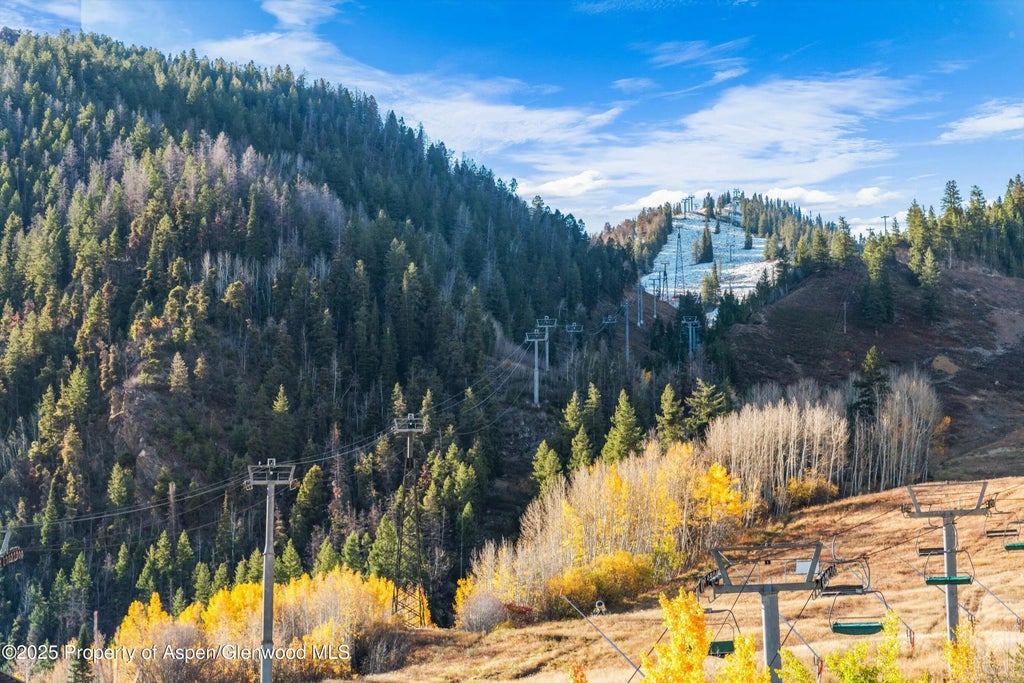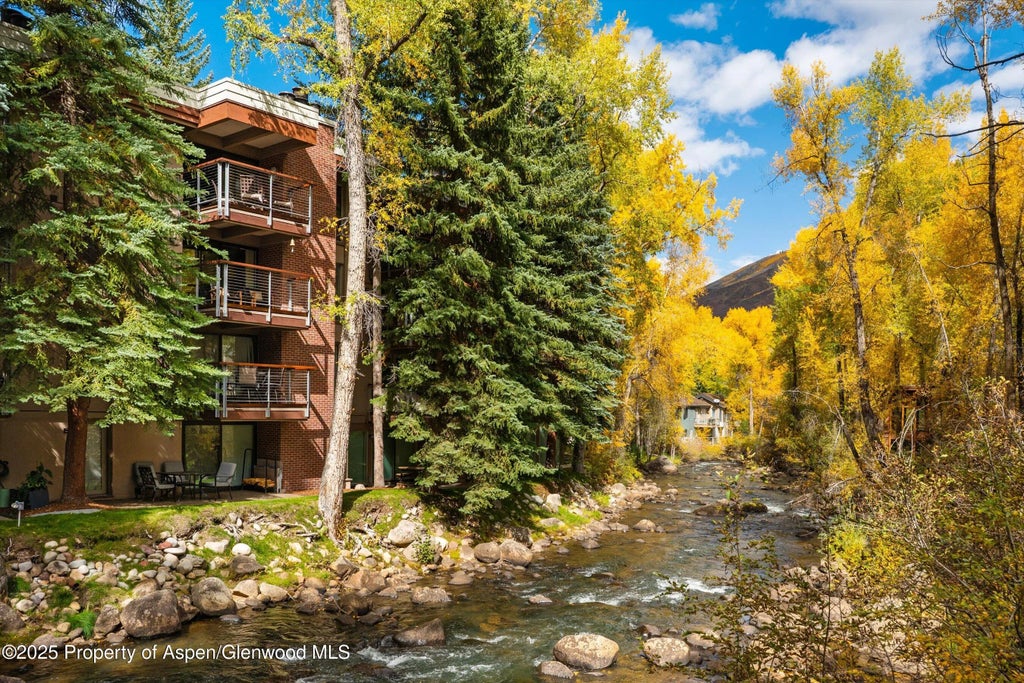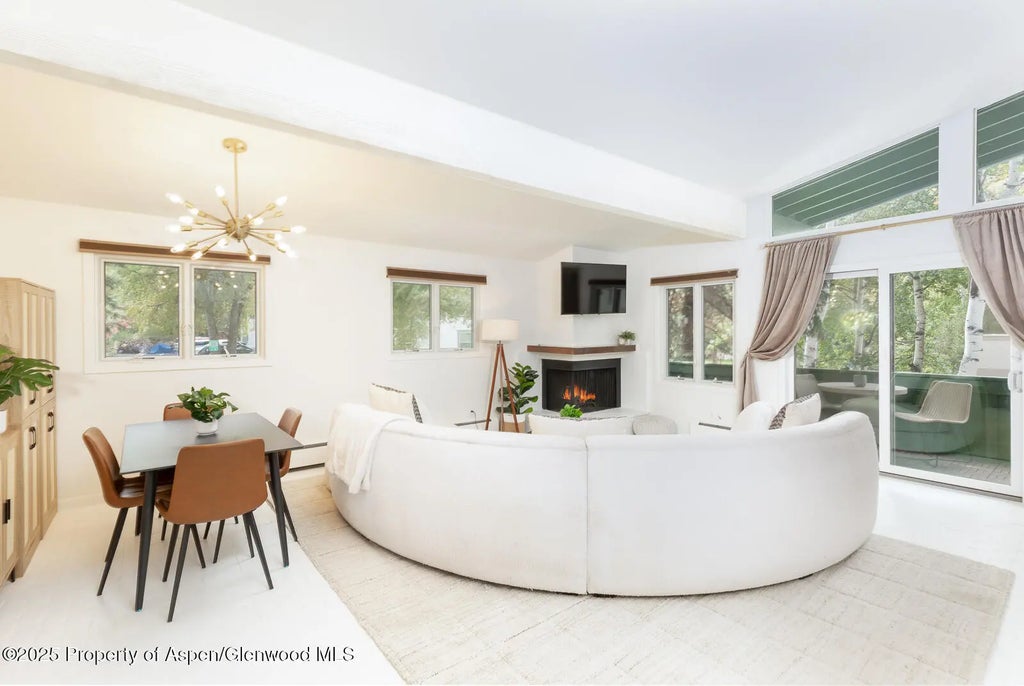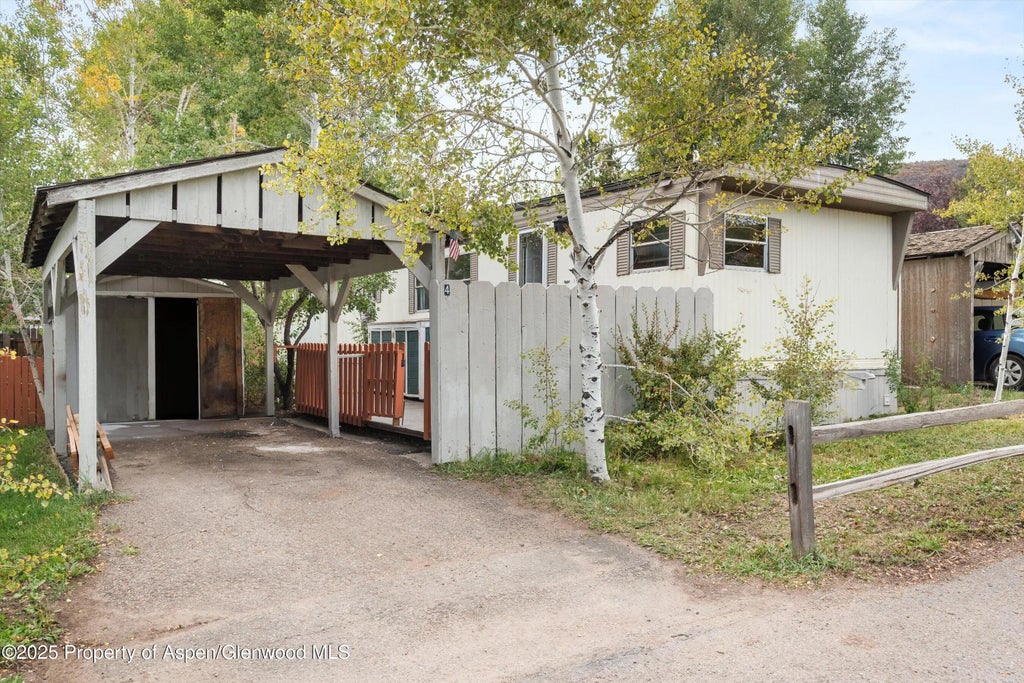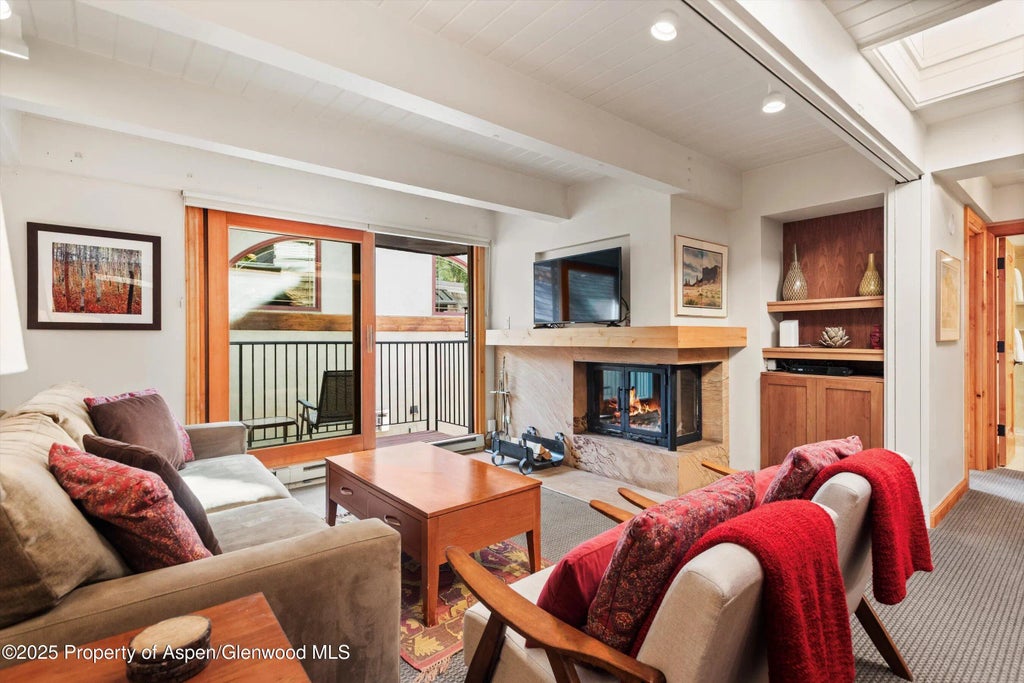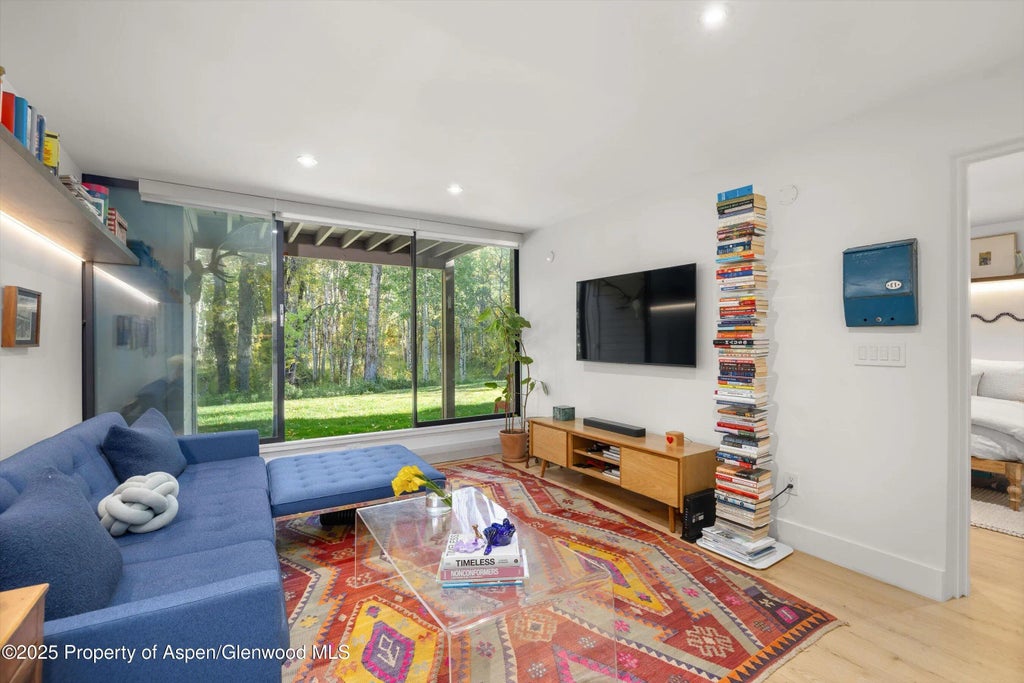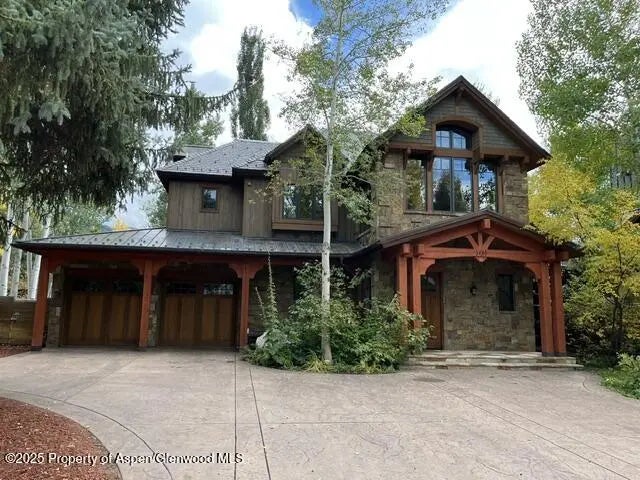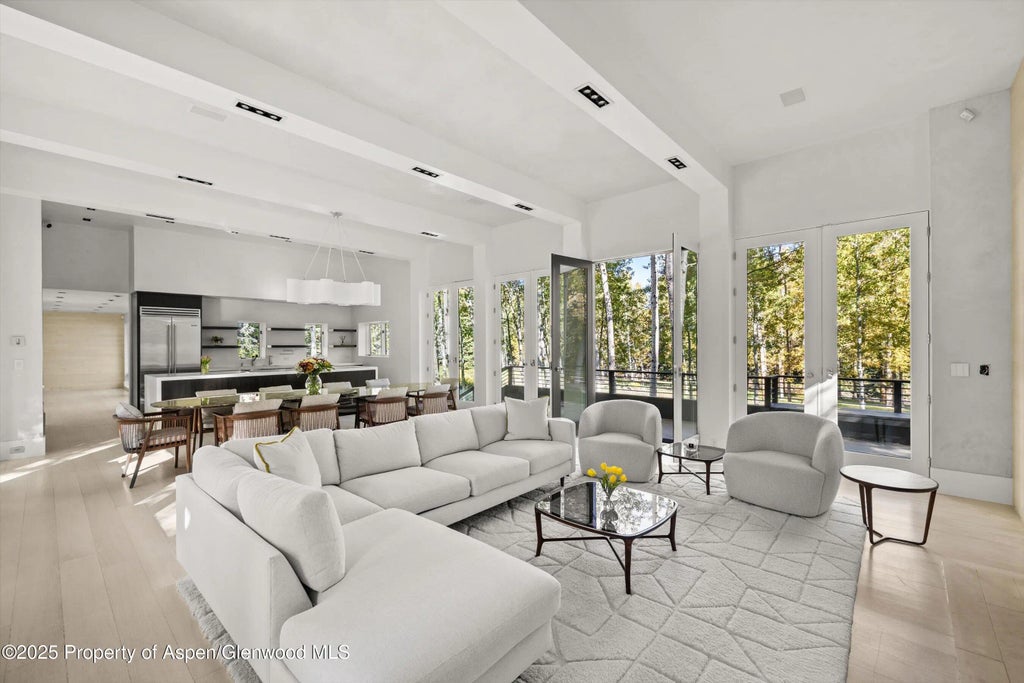Where to Look for Profitable Aspen Rental Real Estate Opportunities?
Location precision makes or breaks short-term rental performance in Aspen. Profitability comes not only from nightly rates, but from occupancy consistency, long-term appreciation, and STR permit viability. Some zones offer immediate cash flow—others deliver slower burn value through asset appreciation, especially when tied to infrastructure growth or community revitalization. Savvy investors align their acquisition strategy with guest demand patterns, city planning, and neighborhood character.
Table of Contents
Slopeside Communities
Slopeside zones positioned near high-speed lift infrastructure and recent development corridors continue to outperform due to limited inventory and predictable winter demand. Properties along Funnel, Slot, and Dawdler in Snowmass offer ski-back access and are favored for their ability to generate revenue with minimal vacancy. These homes often fall within neighborhoods that benefit from Lodging Exempt STR licenses, making them especially attractive for investors targeting consistent winter turnover without occupancy restrictions.
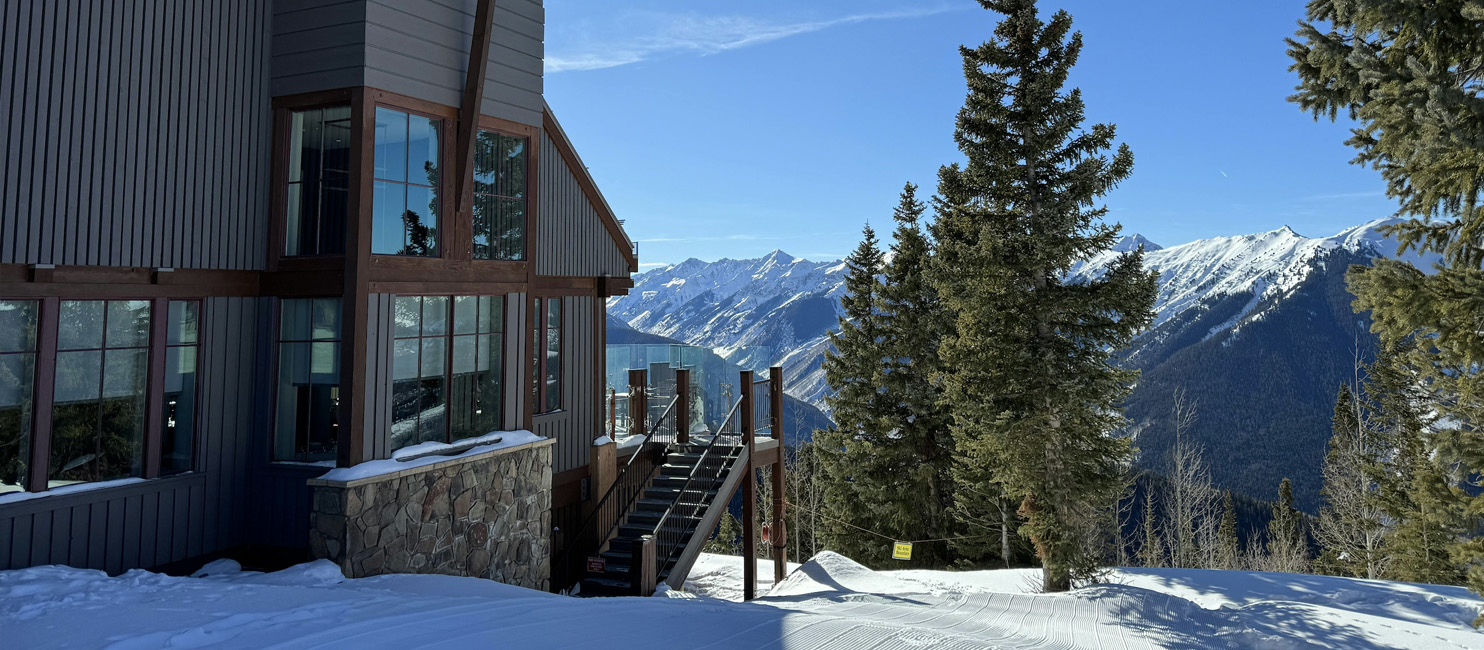
Recent planning around the Lift 1A corridor has elevated interest in adjacent parcels, particularly those zoned for redevelopment or expansion. Properties that can accommodate future additions—such as ski rooms or accessory suites—hold strategic value that extends beyond nightly income. In these zones, aligning with design guidelines and pre-approving architectural plans can materially increase resale leverage, especially as the lift modernization progresses.
Downtown and Core Areas
Downtown Aspen remains the market’s most versatile performer, with short-term rental demand anchored by proximity to cultural institutions and an expanding year-round events calendar. Properties near Galena Street and Hyman Avenue draw high-income travelers not only during ski season but also throughout the summer due to Aspen’s culinary and arts programming. Unlike slopeside addresses, these homes attract bookings tied to business retreats, wellness events, and extended seasonal stays.
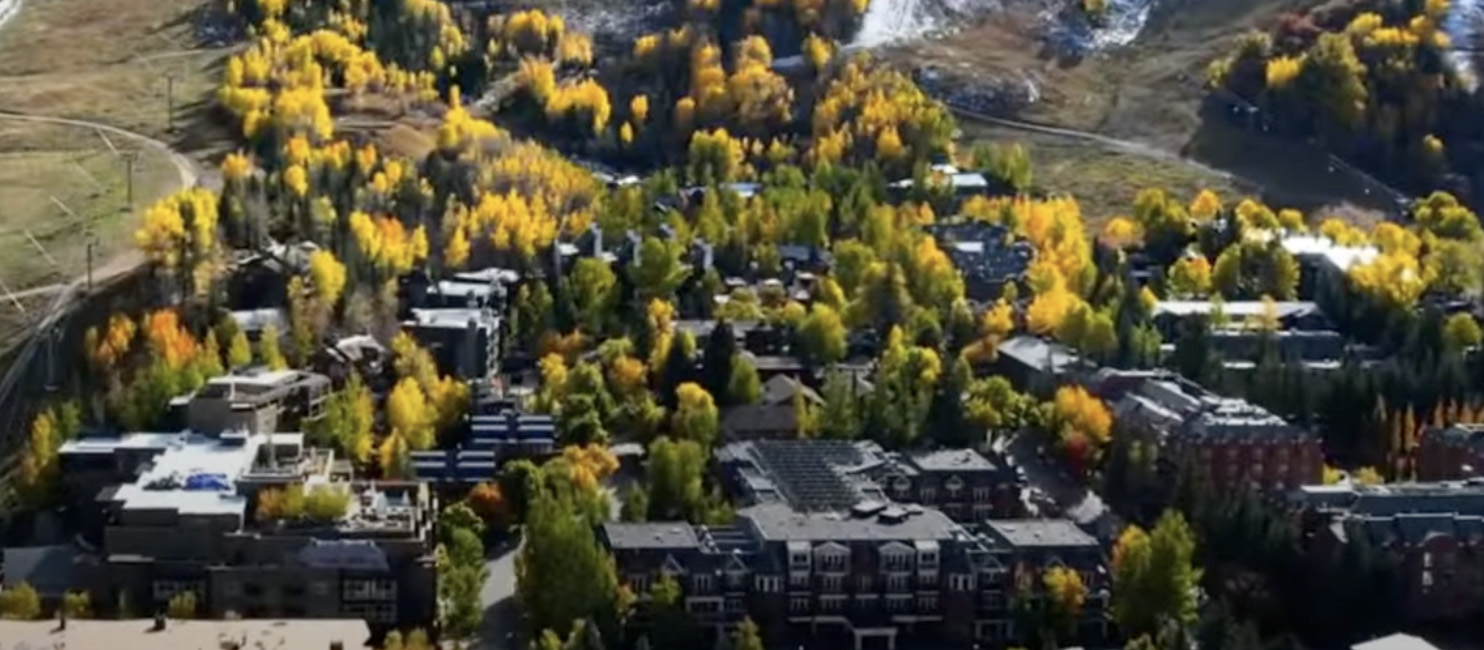
What sets downtown apart is its blend of zoning flexibility and walkable access. Many residences qualify for Classic or Owner-Occupied permits, offering owners tailored rental strategies depending on how frequently they use the home themselves. High-performing listings in this zone emphasize design-forward interiors, seamless smart home integration, and curated guest experiences—such as chef-prepared welcome meals or exclusive access to private clubs—features that cater to Aspen’s lifestyle-focused traveler.
Riverfront and Equestrian Corridors
Beyond the Core, river-adjacent and equestrian-friendly neighborhoods such as Lower River Road and Castle Creek Valley offer a slower pace and privacy-driven appeal. These homes tend to attract guests seeking restorative stays with access to nature, wellness practitioners, and recreational solitude. Fly fishing, private yoga sessions, and proximity to trailheads create a distinct guest profile that prioritizes quality of stay over proximity to nightlife or lifts.
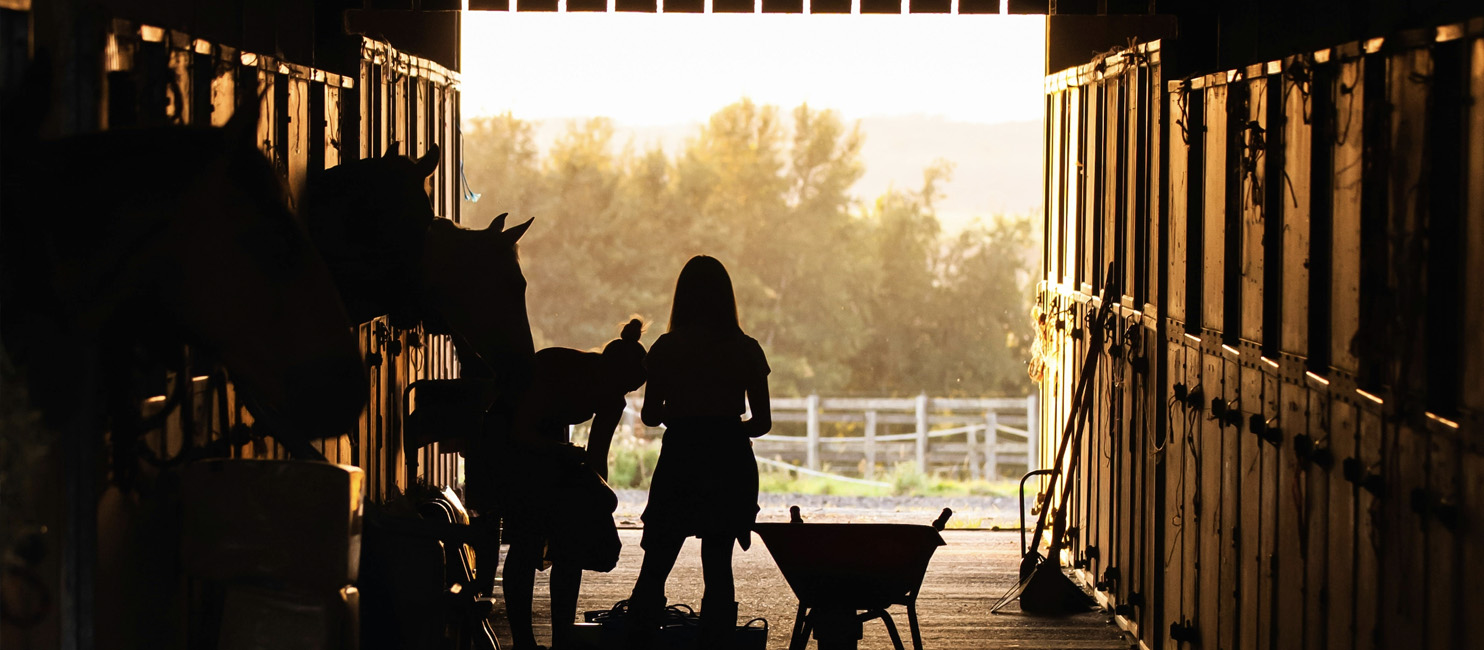
These zones also offer owners several operational advantages. Homes on larger parcels often accommodate detached guest suites or wellness studios, which can be leveraged as additional income streams or long-stay retreats. Investors here may also benefit from water rights, historic irrigation access, or conservation easements—features that not only enhance property value but also support elevated listing narratives for sustainability-minded travelers.
Emerging Inventory Zones
Several mid-valley communities are evolving into high-demand rental markets thanks to robust infrastructure growth and lifestyle migration. In Basalt’s Willits Town Center, for example, new mixed-use developments combine residential ownership with retail, medical, and civic amenities—creating a built-in ecosystem that supports both short-term guests and long-term value growth. These properties often attract health-conscious travelers visiting the Aspen Valley Hospital campus or those attending culinary events and festivals outside of town.
Carbondale, with its arts district and expanding outdoor recreation scene, has emerged as a magnet for wellness retreats, remote workers, and extended-stay guests. Investors are capitalizing on flexible zoning and comparatively low acquisition costs by offering properties with coworking setups, cold plunge amenities, or pet-welcome protocols. Unlike Aspen proper, these zones remain more permissive on STR license issuance, making them viable markets for first-time investors seeking to enter the Roaring Fork Valley with lower upfront risk.
The Conclusion
Identifying the most profitable Aspen rental real estate opportunities means looking beyond surface-level appeal and focusing on the intersection of guest demand, permitting flexibility, and long-term neighborhood momentum. Whether it’s a slopeside chalet with ski-in access, a downtown loft walking distance to the opera house, or a riverfront retreat primed for wellness getaways, each micro-market offers distinct pathways to returns. The most successful investors match their acquisition with intent—aligning location, lifestyle appeal, and operational viability. In a market you need an expert realtor like Ryan Schwartz to help you navigate and get the best deal possible - click here to contact Ryan today!
